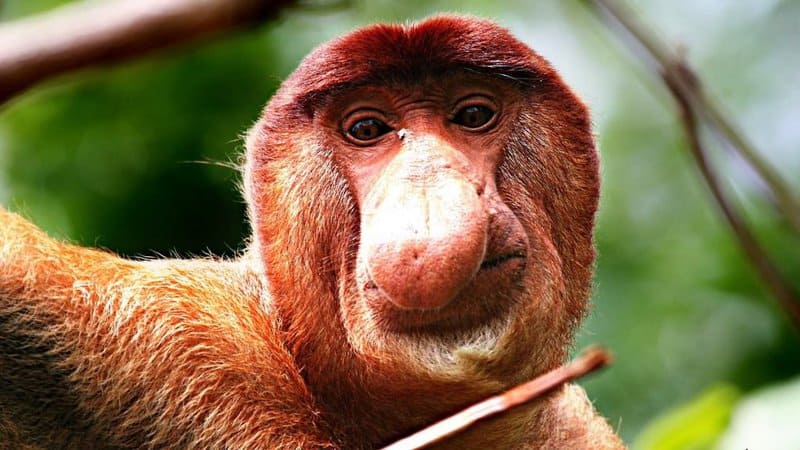Not every animal can be adorable. While pandas and penguins get all the attention, there’s a whole world of bizarre-looking creatures out there that would make your jaw drop. We’ve tracked down 39 of the weirdest, strangest-looking animals on Earth – from fish that look like melted wax to monkeys with noses bigger than their faces.

Sure, they might make you cringe, but these “ugly” animals are actually incredible survivors. Each strange feature, lumpy body part, and weird growth helps them thrive in their environment. The problem is that humans tend to ignore or forget about protecting animals that aren’t cute and cuddly. Let’s take a look at nature’s most visually challenged creatures. They might not be pretty, but they’re definitely unforgettable.
